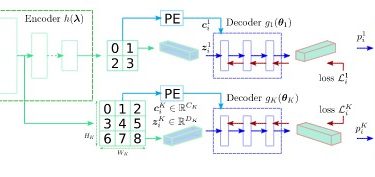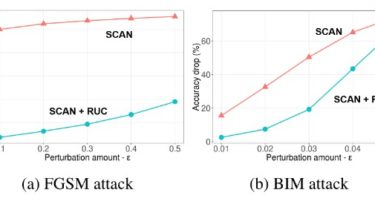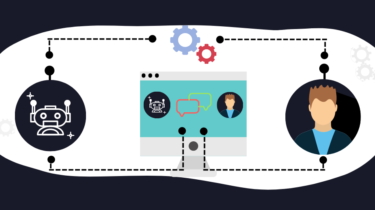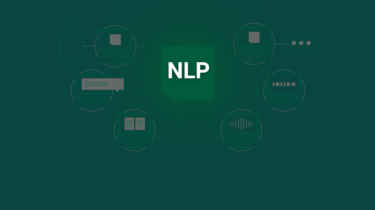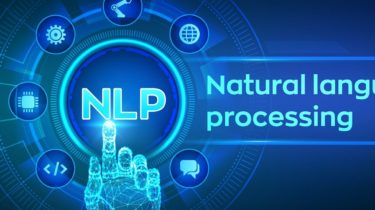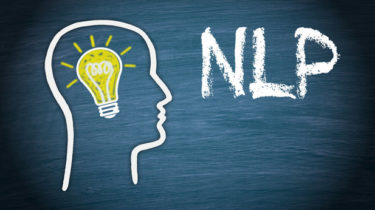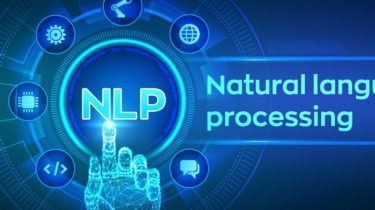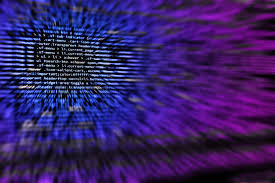Code for Unsupervised Learning of Compositional Energy Concepts
This is the pytorch code for the paper Unsupervised Learning of Compositional Energy Concepts. Demo Please download a pretrained model at this link and then execute the following code to test a pretrained CelebA-HQ 128×128 COMET model python demo.py im_path=im0.png Please utilize the following command to run global factor decomposition on CelebA-HQ (or other datasets) python train.py –exp=celebahq –batch_size=12 –gpus=1 –cuda –train –dataset=celebahq –step_lr=500.0 You may further run the code on high-resolution 128×128 images below python train.py –exp=celebahq_128
Read more
